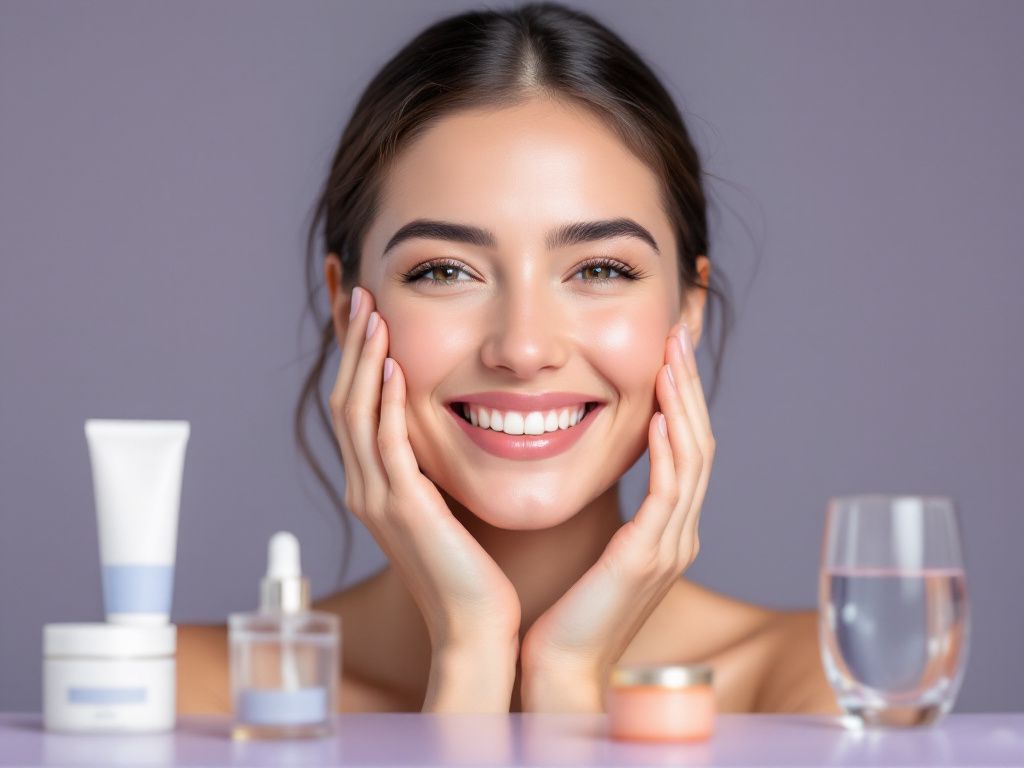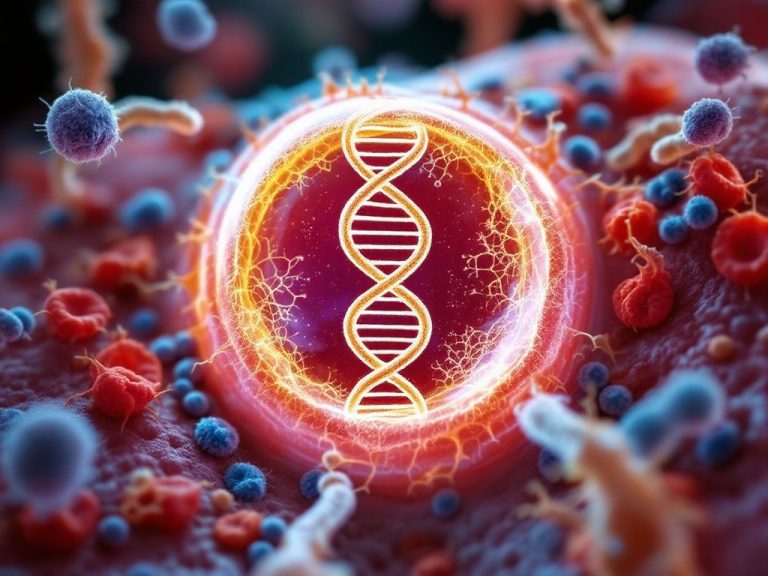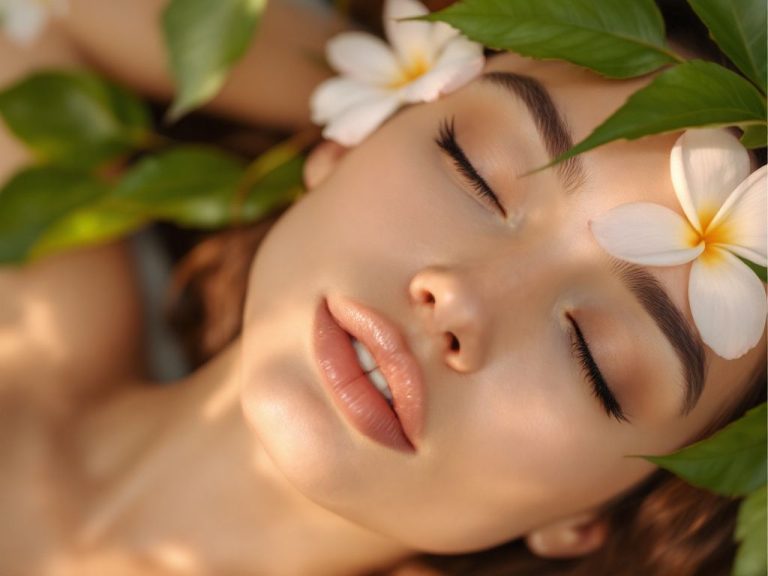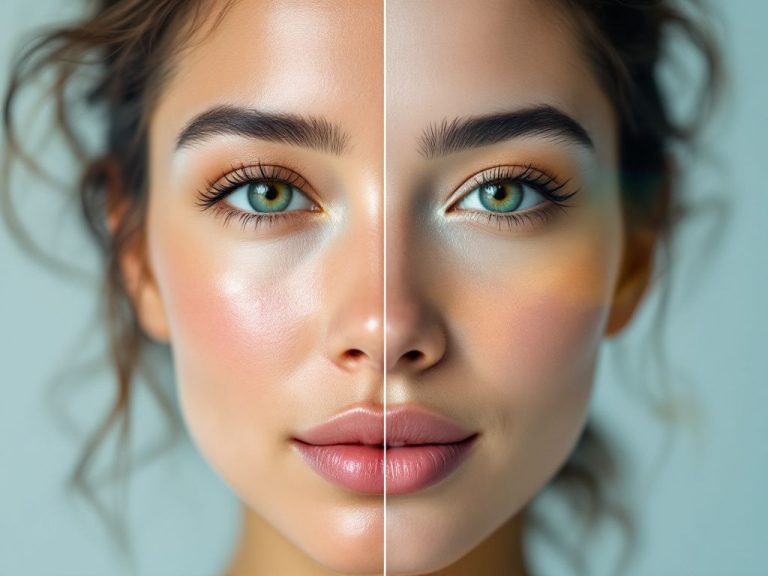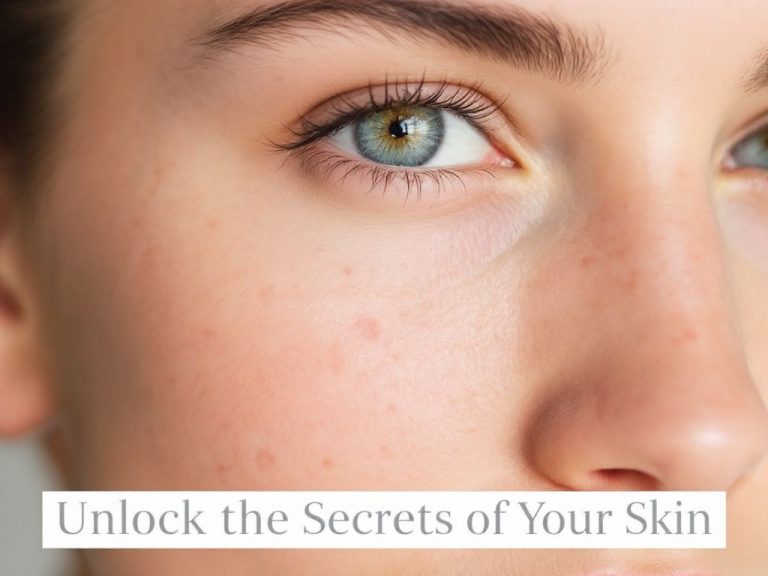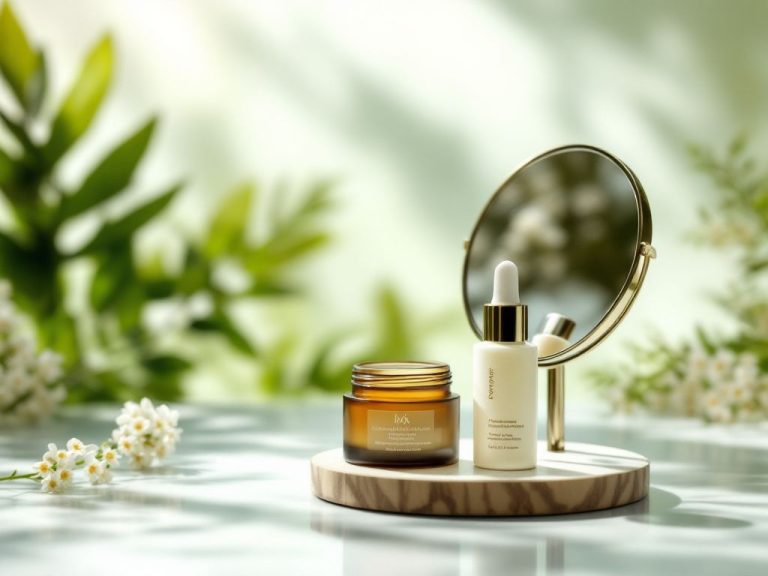Hey there! So, let’s get real for a second—sebum. It’s one of those words that might just make you shudder a little if you’ve ever had to battle a shiny forehead or felt like there’s no makeup setting powder strong enough to keep you matte throughout the day. “How to reduce sebum production?” is probably the million-dollar question for anyone seeking clear, balanced skin.
Sebum is your skin’s natural oil, so it’s not all bad news. It’s supposed to protect and moisturize your skin. But when there’s too much of a good thing, oil control becomes essential. Sure, you’ve probably heard a ton of quick tips for dealing with oily skin, but here we’re diving into the scientific approach of sebum management and treatment.
Table of Contents
ToggleUnderstanding Sebum Production
Before we jump into how to reduce sebum production, let’s slow down for a second and really understand what we’re dealing with. Sebum is produced by your sebaceous glands, which are located just beneath the surface of your skin. These glands are particularly abundant on your face and scalp, which explains the shiny T-zone woes and limp hair. Your genetics, diet, hormone levels, and environment all act as co-conspirators in the grand scheme of oil control.
Why Do Some People Produce More Sebum?
The big players here are your hormones, specifically androgens. They stimulate the sebaceous glands to churn out more sebum. So, if you’ve noticed your face gets shinier when you’re stressed, when you’re going through puberty, or around that time of the month, you’re not imagining things. It’s your hormones having a field day.
Sebum Management: Getting Scientific with It
So, how can we actually tackle this? All right, let’s roll up our sleeves and get into the scientific strategies involved in sebum management and oil control.
Step 1: Hydration is Key
“Drink more water,” they said. And while it might feel like this advice is a broken record at this point, hear me out. Your skin can get confused if it’s dehydrated, and paradoxically, it might start to overproduce sebum to compensate for the lack of moisture. So, maintaining balanced hydration is key—not just slapping some moisturizer on your face, but drinking that good old H2O too, mind you.

Step 2: The Role of Diet
Okay, let’s talk about what goes into your body. To manage your sebum production, you should eat a balanced diet rich in omega-3 fatty acids and antioxidants. These nutrients, found in fish, nuts, and green leafy vegetables, help lower inflammation levels in your body, which is linked to acne and excessive oil production.
Step 3: Skincare Routine Basics
Yeah, you’ve heard it all before, but your skincare routine really does matter for sebum management. Gentle cleansing is where it starts. Over-cleansing strips your skin of its natural oils, sending your sebum glands into panic mode and making them produce even more oil.
Here’s a little breakdown of what your routine might look like:
- Cleanser: Opt for a gentle, sulfate-free cleanser. Consider something with salicylic acid if you’re prone to breakouts, which can help break down sebum and dead skin cells.
- Exfoliation: Be gentle. Exfoliating a few times a week with a product containing glycolic or lactic acid can help unclog pores without over-stripping.
- Toner: Use an alcohol-free toner to balance your skin’s pH levels.
- Moisturizer: Yes, you need this too! Pick something lightweight and non-comedogenic.
- 5. **Sunscreen: Daily. No excuses, even if you have oily skin.
Step 4: Possible Treatments and Products
Now, if you’re looking for something more targeted and scientific in your treatment focus, some over-the-counter products to consider are:

- Retinoids: These are known to reduce sebum production and have anti-aging benefits.
- Niacinamide: A form of vitamin B3, niacinamide is praised for its ability to regulate excess oil and reduce enlarged pores.
- Clay Masks: These help absorb excess oil. Use no more than twice a week.
Step 5: Medical Interventions
If your sebum production issues are at the level where they seriously impact your quality of life, a dermatologist might suggest solutions such as oral contraceptives, which help regulate hormones, or isotretinoin, one powerful treatment known to significantly reduce sebum production.
What to Avoid
Moving on, it wouldn’t quite be a full chat about this topic if we didn’t hover over some common mistakes to steer clear of on your sebum management journey.
- Avoid Over-washing: As counterproductive as it sounds, over-washing can lead to more oiliness.
- Avoid Oily Skincare Products: Check labels to ensure products are oil-free and non-comedogenic.
- Cut Back on Sugary Foods: Sorry, sweet tooth, but sugary snacks can spike insulin levels and indirectly boost oil production.
Lifestyle Changes for Long-Lasting Oil Control

It’s not just about slap-on treatments; how you live your life creates an environment for your skin either to glow fantastically or fearfully oil-slick. Stress management, regular exercise, sufficient sleep—all these aspects are silent players in the background of your skincare symphony that shouldn’t be ignored.
Stress Management
An important callout. Instruments of stress are the baton-waving conductors of this er, oily composition. Get into meditative practices, even if it’s just five minutes of focused breathing.
Get Sweaty, The Fun Way
Exercise helps lower stress hormones, lasting for those much-needed perspiration spells that unclog pores. And while we’re here, post-workout, please, I beg you, don’t forget to clean your face!
Sleep’s Skin Love Story
Adequate sleep rejuvenates and allows your skin to naturally balance itself overnight. Think of sleep as a natural skincare product you don’t have to pay for!
Summing It Up
Let’s revisit what we’ve covered here, just to set it in stone. Sebum, while crucial, can be a tad oversupportive sometimes. Understanding your body’s signals and missteps can help dial down its enthusiasm.
- Balance your diet and keep hydrated to trick-or-treat sebum production from the inside.
- Follow a thoughtful skincare regime, emphasizing exfoliation, gentle cleansing, and non-comedogenic products.
- Invoke scientific solutions if necessary—products like retinoids and niacinamide, or options discussed with a dermatologist.
- Lifestyle shifts aren’t just window dressing for self-improvement; they’re a tune for skin’s harmony.
And there you have it, seriously skilled fighters of the oily elements, a science-supported strategy to chart your skincare future! Trust this healthy skin journey, as it’s an investment that pays back chic and undefeated confidence.
If you’ve made it this far, feel proud of your newly acquired knowledge on alongside controlling that sebum production because understanding and adapting is—believe it or not—half the charm engraved in skin care battles.
Frequently Asked Questions
What are the best skincare routines to reduce sebum production?
To reduce sebum production, it is crucial to maintain a proper skincare routine. This includes using a gentle cleanser twice daily to remove excess oil without overdrying the skin, avoiding harsh scrubs, and exfoliating regularly to unclog pores. Additionally, using oil-free and non-comedogenic moisturizers, incorporating Zinc PCA and retinoids, and applying clay masks weekly can help manage excess sebum[1][2][4).
How does diet impact sebum production, and what dietary changes can help reduce it?
Diet plays a significant role in sebum production. Increasing intake of healthy fats like omega-3s found in fish, nuts, and seeds can help reduce inflammation and limit the overactivity of sebaceous glands. Foods rich in zinc, such as oysters, nuts, legumes, and whole grains, also help control excess sebum production. It is advisable to limit dairy intake, alcohol consumption, and high glycemic foods to stabilize blood sugar and insulin levels, which in turn reduces sebum production[1][4][5).
What are some effective topical and oral treatments for reducing sebum production?
Effective topical treatments include retinoids, olumacostat glasaretil (DRM01), niacinamide, and green tea emulsions, which have shown to reduce sebum production and acne lesions. For severe cases, oral isotretinoin is highly effective in reducing sebum production by up to 90%, although it comes with potential side effects like dry skin and secondary skin infections[2][3][4).
How does stress and lifestyle management impact sebum production?
Stress management is crucial for controlling sebum production. Regular exercise, restful sleep, and relaxation techniques like yoga, meditation, and deep breathing can help lower stress hormone levels. Avoiding smoking and excessive alcohol consumption, staying hydrated, and taking regular breaks to move around during work hours can also help manage stress-related sebum triggers[1][2][4).
References
